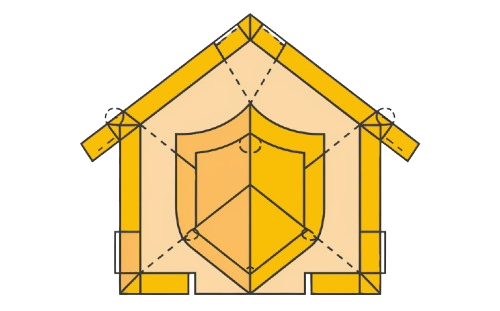Insulation Pricing
Comparing Batt, Blown-In, and Spray Foam Options
When planning an insulation upgrade, the cost is one of the first things you’ll want to understand. It can be a bit frustrating to try and find price estimates online since they often don’t offer accurate numbers. Whether you’re looking into closed cell spray foam, open cell spray foam, blown-in cellulose, or fiberglass batt insulation, it’s important to check rates to get a ballpark figure for your project.
Affordable Insulation Options
Batts and Blown-In Cellulose Rates
When you’re looking for budget-friendly insulation rates, both batts and blown-in cellulose can be great options. These types of insulation are used in various areas of your home, like interior walls for sound attenuation, or exterior walls and ceilings.
Batt insulation is especially common, and blown-in cellulose is often installed in the attic. What’s important to note is that for the best blown-in performance, adding air-sealing to the attic floor can significantly boost efficiency.
These insulation options are not only cost-effective but also provide reliable results when properly installed and paired with the right techniques. If you’re working with a tighter budget, these choices will help you maximize value without compromising on performance.
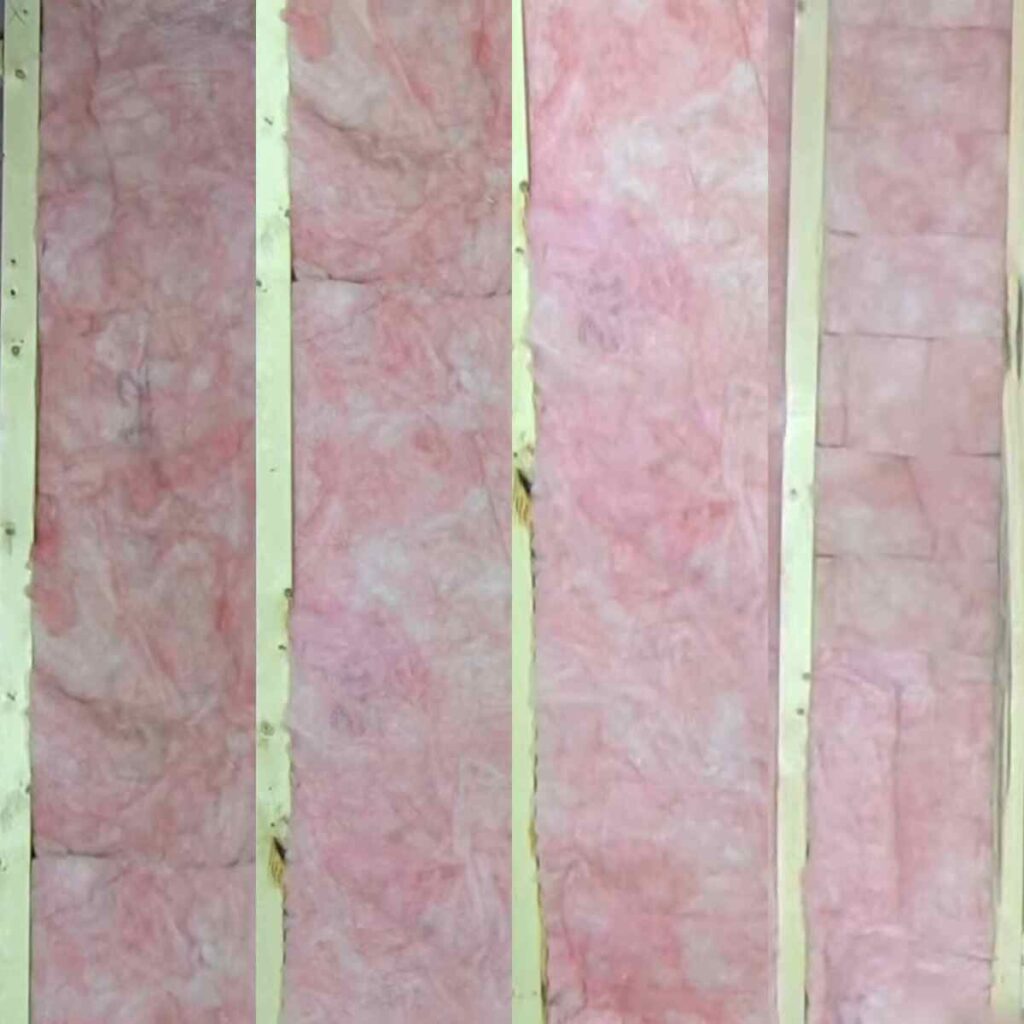
Fiberglass Batts
$0.75 to $3.00 per square foot
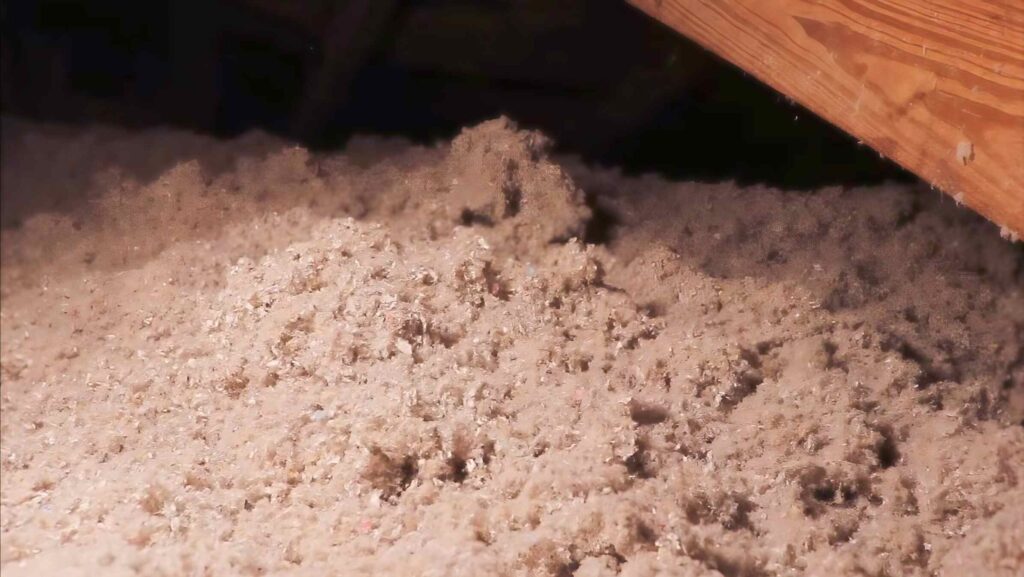
Blown-In Cellulose
$1.50 to $4.00 per square foot
Why You Should Consider Air-Sealing for Your Insulation
When you choose blown-in insulation, it’s important to understand
why you should pay for an air-seal. Many homeowners don’t realize
that without an airtight seal, blown-in can only slow conductive
heat transfer.
How Air Sealing Boosts Performance
To get the most out of your blown-in cellulose, you need to consider adding air-sealing to boost performance. This process not only helps with conductive heat transfer, but also slows down convection and radiant heat transfer, making your attic more energy-efficient. Even though it adds to the cost, the benefit of an airtight seal is well worth it, especially when you factor in how much it improves blown-in performance.
Premium Insulation Pricing
Spray Foam Insulation Rates
When it comes to premium insulation rates, spray foam is a top choice for homeowners. There are two types: open cell spray foam and closed cell spray foam, each serving different needs. Open cell spray foam is ideal for above-grade applications, such as attics and exterior walls, while closed cell spray foam works well in more demanding areas like basements and crawl spaces.
The rates for these insulations are typically calculated per board foot, and to get an accurate estimate of the cost, you’ll need to speak with a professional. This method is essential to ensure you’re not underestimating or overestimating your needs.
A board foot is a three-dimensional measurement of a square foot. To find board feet, multiply your square footage by the depth of insulation you need.
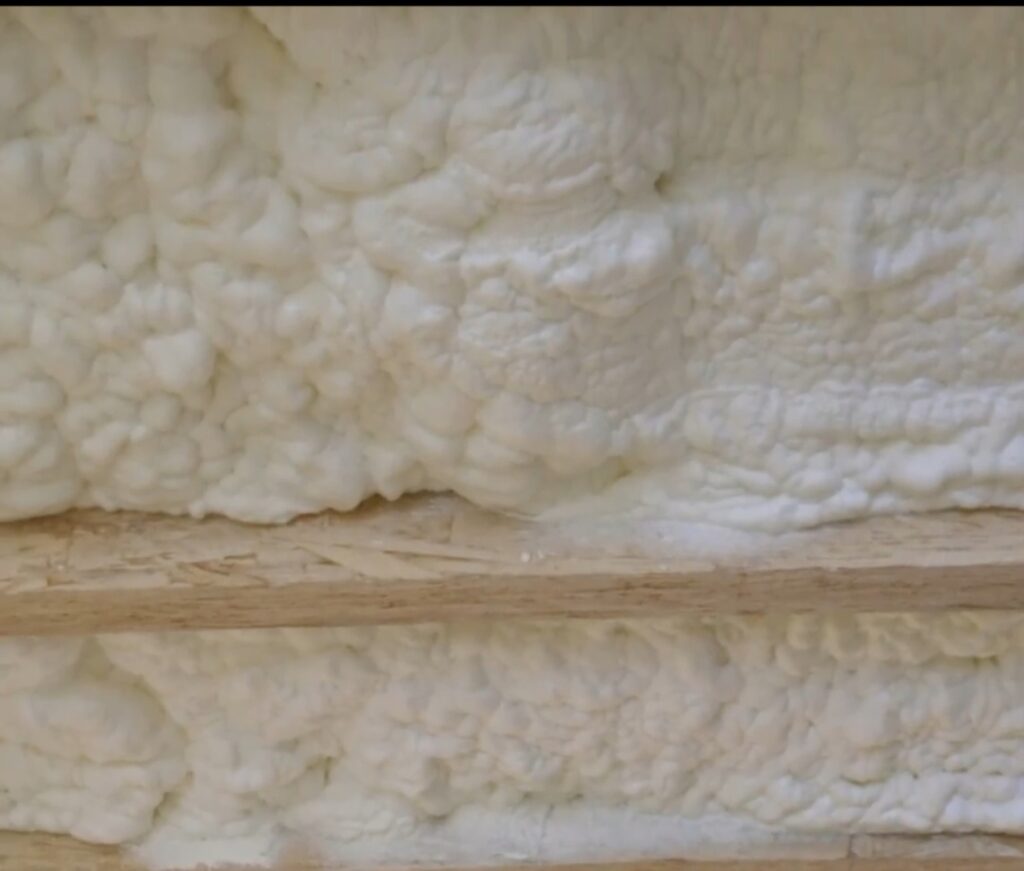
Open Cell Spray Foam
$0.25 and $0.75 per board foot.
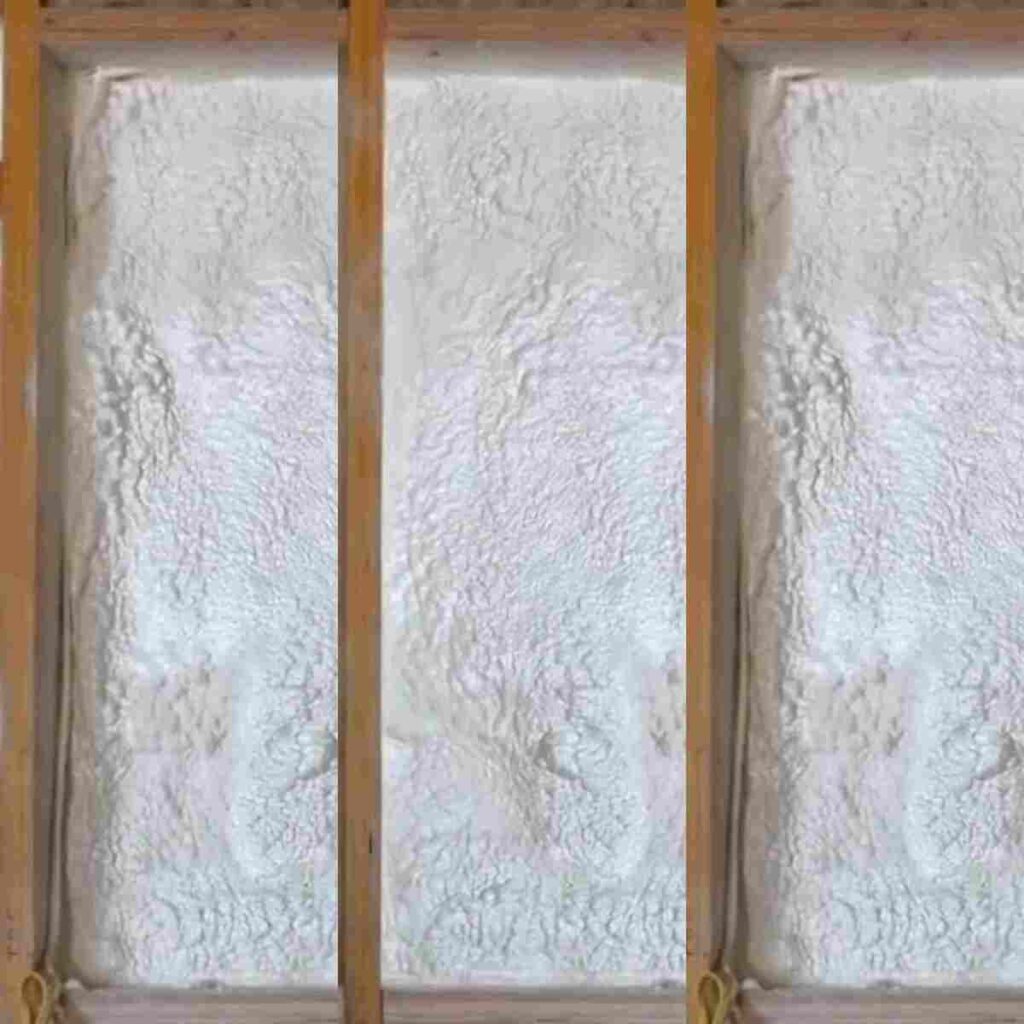
Closed Cell Spray Foam
$1.15 and $1.75 per board foot.
Thickness Required For Spray Foam
Exterior Walls
2 to 4 inches depth (closed cell spray foam)
3.5 to 5.5 inches depth (open cell spray foam)
Basement Walls
2 to 3 inches depth (closed cell spray foam)
Attics & Roofs
2 to 3 inches depth (closed cell spray foam)
7 to 12 inches depth (open cell spray foam)
How To Calculate Your Estimate
1. Find Your Square Footage
Calculate the square footage that will need to be sprayed. If your project includes multiple areas of the home, do not total the square footage
2. Find Board Feet From Square Footage
Use the chart above to find the board feet of your project. Multiply your square footage by the depth that your contractor will need to spray.
3. Calculate Estimate Using Rates
Multiply the board feet by the rate per board foot to find your estimate
Factors That Affect Insulation Pricing
Getting a quote for your insulation project can be tricky. While some online tools offer estimated prices, it’s best to have a spray foam contractor visit your property in person. This way, they can understand the full impact of the project and provide a more accurate assessment.
Accessibility
Certain factors like accessibility can influence the final cost. If there are limitations to access, such as tight spaces or difficult-to-reach areas, you might face additional costs. This could include using equipment like scaffolding or man lifts to complete the job.
Labor Costs
Another factor that can affect the price is labor. A contractor will need to estimate how many hours and how many installers are required for your specific project. These labor costs can vary based on the job’s complexity.
Travel Time
If the contractor is coming from a distance, travel time may also influence the total price. Some contractors charge additional fees if your project is outside their service area, so it’s important to clarify this upfront to avoid surprises.
Get Your Quote For Insulation
If you’re interested in our services , reach out to request a quote today. Our team at Safe Nest Insulation focus on delivering maximized insulation performance and keep you informed with constant communication throughout the project.
